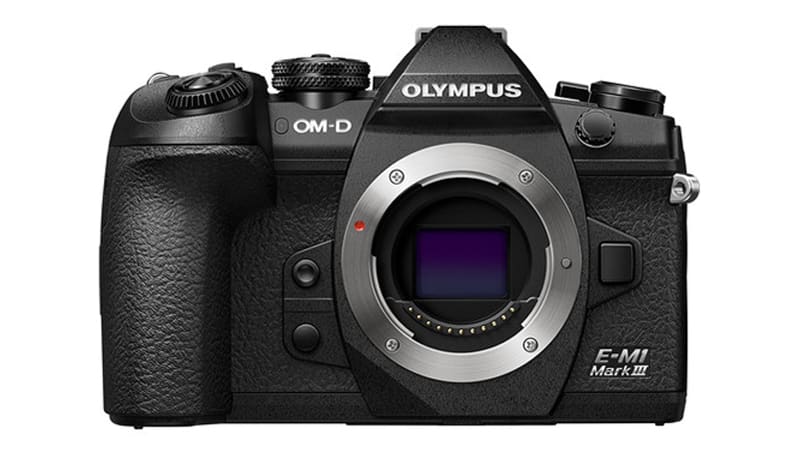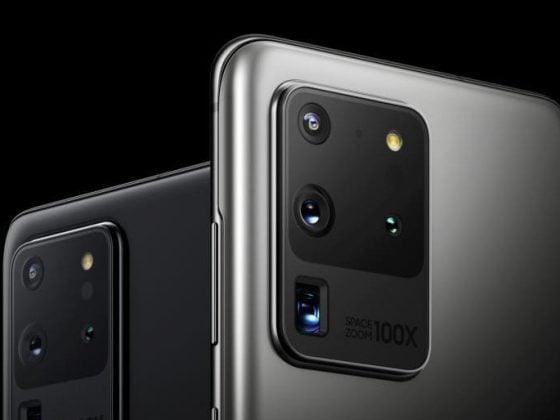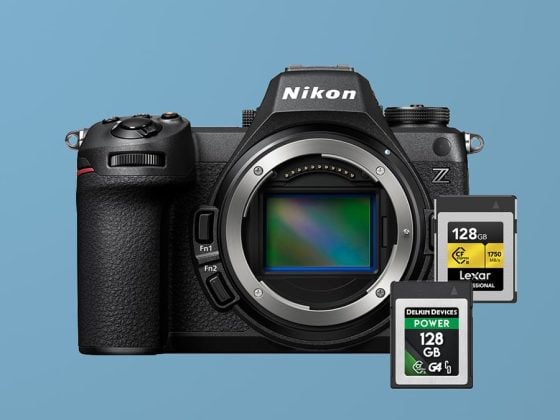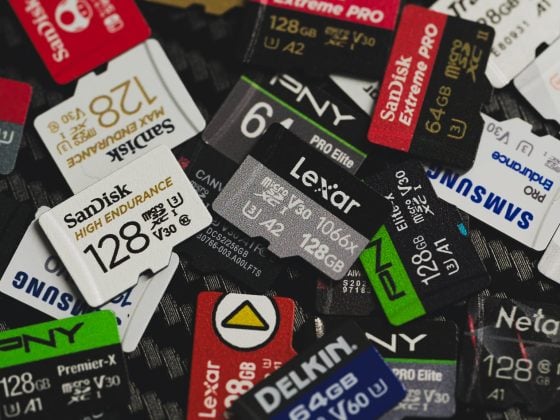The Olympus E-M1 Mark III features a dual memory card slot, fast continuous burst speeds, and high video bitrate. To maximize the performance, features, and usability of the camera you may need the best and fastest memory cards, however, if you’re taking a more casual approach to photography and video, it might be a better investment to buy some good lower-tier cards that have a higher capacity.
Use this guide to find the best and most practical cards for your Olympus EM-1 Mark III.
Olympus E-M1 Mark III – Adorama / BHphoto
Best Memory Cards Olympus E-M1 Mark III
What you need to know – The Olympus E-M1 Mark III features dual memory card slots, however, only slot 1 is UHS-II compatible. Slot two is UHS-I. What this means is if you plan on shooting RAW backup to both cards, you will be throttled down to UHS-I speeds in both slots and in that case, I wouldn’t buy a fast UHS-II card even for slot one. If you shoot RAW to slot 1 and JPG to slot 2, then you can use UHS-II cards for the RAW and UHS-I for JPG and not expect too much of a slow down since the JPG files are smaller. But you will still get some drop in performance.
For video shooters, the camera has a maximum bitrate of 237 Mbps which is about 30MB/s. This means any of the good U3 UHS-I cards will perform well for video recording.
I’m going to build a few recommendation lists for your guys so that you can get the most out of your camera.
If you just want the best cards here are the top 5.
Top 5 Best Memory Cards For the Olympus EM-1 Mark III
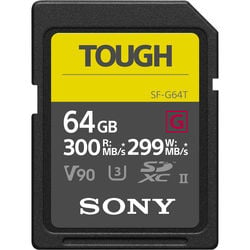 Here are the top 5 fastest UHS-II cards.
Here are the top 5 fastest UHS-II cards.
If you want cutting edge, best performance best builds quality, the Sony Tough G cards are the way to go. The new build on these cards is very durable but they can be a little tight sometimes when inserting and removing from your camera. This is normal.
| Card Name | Check Price |
| Sony Tough G | Amazon |
| Sandisk Extreme Pro 300MB/s | Amazon |
| Toshiba Exceria Pro | Amazon |
| Transcend v90 | Amazon |
| ProGrade v90 | Amazon |
Best Dual Memory Card Setup / Video Shooters | Save Money With These
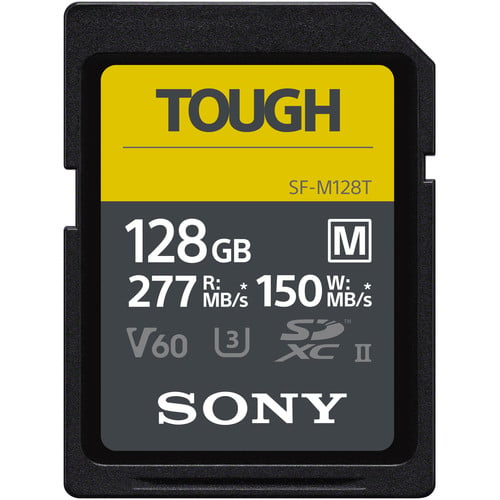 If you’re recording RAW+RAW or RAW+JPG I would stick with a slower UHS-II card for slot one so you can get more capacity for the money and you get faster transfer speeds to your computer. Then stick with a nice UHS-I card for slot two.
If you’re recording RAW+RAW or RAW+JPG I would stick with a slower UHS-II card for slot one so you can get more capacity for the money and you get faster transfer speeds to your computer. Then stick with a nice UHS-I card for slot two.
I’ll link you to 128GB cards since that is the better choice for video and you can already save yourself a ton of money even doing 128GB with these slightly slower cards.
What I would do if I owned this camera. I would get a Sony Tough M for slot one, and a Sony E for slot two. This way you get fast transfer speeds to your computer. The Sony E is optimized for faster performance with UHS-I slot cameras, but you get UHS-II transfer speeds to your computer.
The only way to find Sony E cards on Amazon is to search “Sony E series SDXC.”
| Card Name | Check Price |
| UHS-II v60 Cards | |
| Sony Tough M | Amazon |
| Prograde v60 | Amazon |
| UHS-I Cards | |
| Sandisk Extreme Pro 170MB/s | Amazon |
| Sony E | Amazon |
| Kingston Canvas React | Amazon |
| Delkin Advantage | Amazon |
What Size Memory Card For The Olympus E-M1 Mark III
For casual shooting and not a lot of videos you’ll be fine with a 64GB card. Just clear your card off every few days.
If you’re shooting a lot of videos mixed in with a lot of photos, or you’re shooting some big even where your shooting thousands of photos in a day, go with 128GB cards.
Today 128GB cards are cheap enough that it’s not that much more money to upgrade when buying the v60 or UHS-I cards.
Olympus does not list a maximum capacity for its camera. I would assume it’s at least 128GB. Usually, cameras can do 256GB and only some cameras can do 512GB.
Avoiding Counterfeit Memory Cards
When you first get your cards, max out the capacity and just see if they are performing well. If the card dies before reaching it’s maxed capacity then it’s likely a counterfeit memory card.
Don’t buy memory cards from auction websites since that’s where you’re most likely to get a counterfeit card.
Best Memory Cards Olympus E-M1 Mark III Conclusions
This guide should get you started on memory cards.
To sum it up, I probably wouldn’t buy the fastest UHS-II cards for this camera unless I was shooting a lot of burst photography. The slower V60 UHS-II cards will give you nice speeds and good video capabilities, as well as very faster transfer speeds to your computer. Most people honestly won’t be able to tell the difference between real-world shooting between v90 and v60 cards. Save yourself some money. 🙂
| **This website contains affiliate links. We will earn a small commission on purchases made through these links. Some of the links used in these articles will direct you to Amazon. As an Amazon Associate, I earn from qualifying purchases. |

